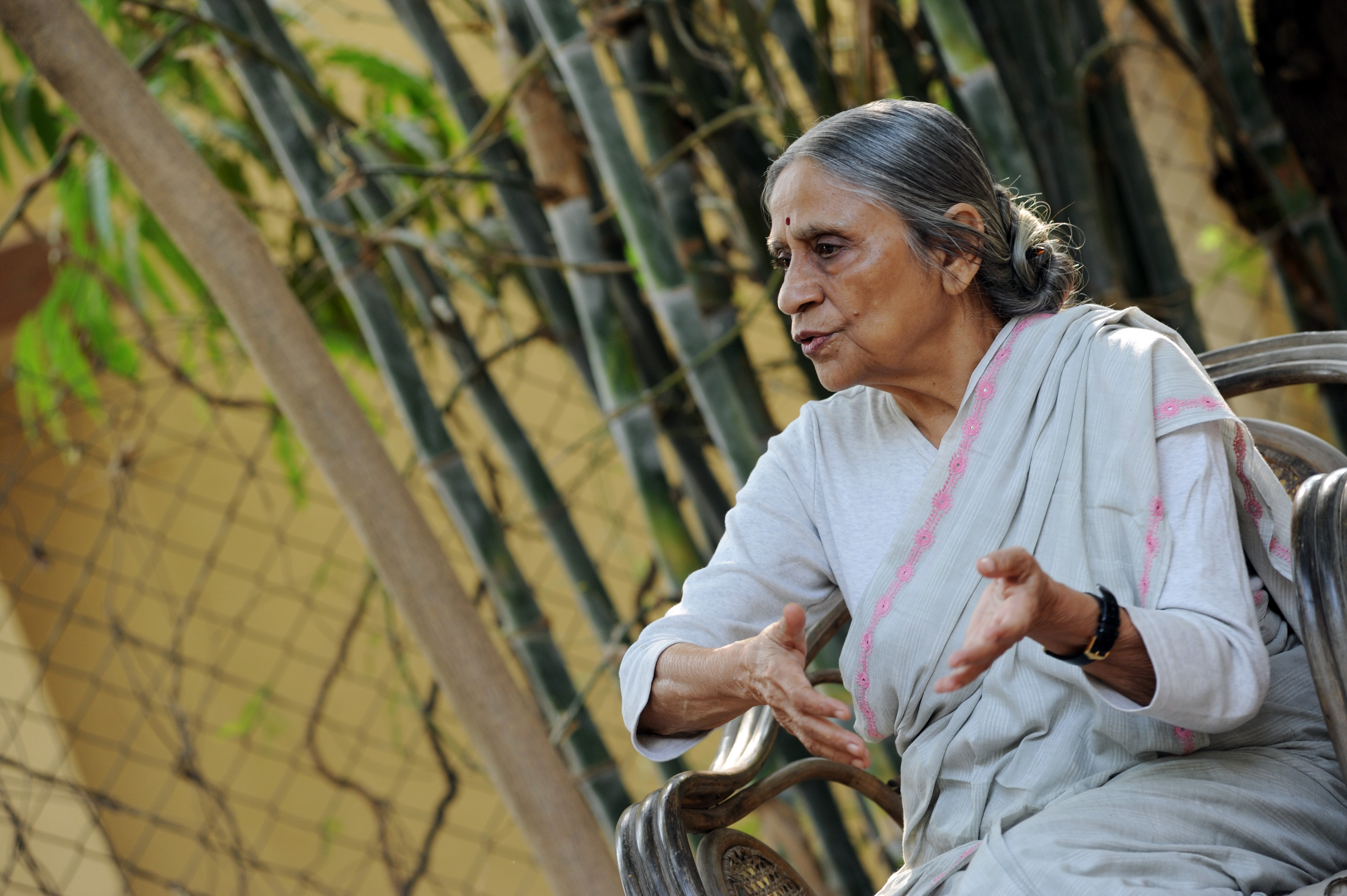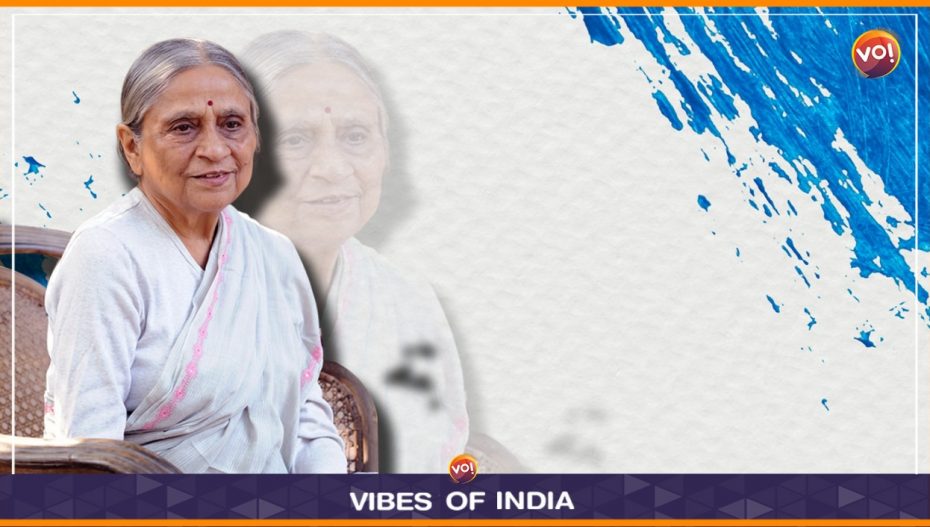The late Ela Bhatt was a leader par excellence, one who inspired her people, developed them to their full potential, and championed gender equality. Aspiring leaders in every field could do no better than to understand and emulate her. Here are 10 key features of Ela Bhatt’s leadership style:
Never Compromise on Values: In the early years, much of SEWA’s rural development work in Gujarat relied on funding through State Government schemes. That stopped abruptly after the 2002 riots. SEWA fell out with the State Government over funds being channelled to certain villages at the expense of others based on the communal divide. SEWA lost Rs 200 crore of funding and couldn’t pay salaries for nine months. But it emerged stronger from the ordeal, as a self-financed organisation.
Build the Leadership Pipeline: Ela Bhatt retired from SEWA at the age of 65 and she was proud of the fact that a new set of “brown collar” leaders had taken charge in the organisation. SEWA’s leadership was originally made up of “white collar” leaders, English-speaking middle-class women with university degrees like Mirai Chatterjee, Reema Nanavaty and Ela Bhatt herself, who was a lawyer by training. Elaben’s great achievement was grooming grassroots workers to take over top posts in SEWA. Urbane Harvard-educated feminist Mira Chatterjee relinquished the all-important position of General Secretary of the Union in favour of Jyoti Macwan, who belonged to a family of agricultural workers in Kheda. Then there was Subhadra Patel, who became the chairperson of SEWA Healthcare Co-operative, though she spoke no English and only a smattering of Hindi.

Create a Collective Leadership Culture: Most Indian NGOs have a culture of one supreme leader. Not SEWA. Though the collective style of leadership is slow in terms of decision-making and requires patience, Elaben thought it was worth it. SEWA’s people work in a group, never alone, and that is their strength.
Stress the Process: Culture must be supported by processes. The collective leadership culture requires a process that promotes consultation, discussion, and debate. People have to attend meetings, participate and enjoy them.
Focus on key parameters, don’t micro-manage: Sewa Bank was a project close to Ela Bhatt’s heart, but she never interfered too much in its working. As Jayshree Vyas, Managing Director, SEWA Bank, once said: “Elaben could look at the macro-picture and avoid micro-management. She would ask me about a few key indicators. Are loans being repaid? Are we able to pay dividend? Then she would leave the details to us. She had complete trust in the people she selected.”
Empower Young People: Ela Bhatt not only trusted her people, but she had a knack for making them feel and know they were trusted. This translates into empowerment and is a huge motivator. In her own words: “Everybody has goodness in them, waiting to rise. Everybody knows when they are doing something wrong. If they persist in doing something wrong, you have to let them go. But our job is to bring out the good part of people.”
Leadership Over Management: Efficiency, productivity and optimal use of resources should not come at the expense of the larger goal. SEWA Bank is a case in point. Ela Bhatt resisted the temptation to turn it into a high-growth urban bank. “The challenge is to remain small but be a big force,” she once said. “We have to spread laterally rather than vertically. I would rather have 40 branches of SEWA Bank spread across the talukas rather than one big branch in the city. Performance-oriented managers don’t grasp my way of thinking.”
Don’t Stress Salary: SEWA maintains a 1:4 ratio between the lowest and highest paid. It doesn’t pay as well as most NGOs. But there are still those who are passionate about the work and join SEWA.
Understand the customer: SEWA’s blue collar employees are required to work in the hinterlands for a few years, where they live among the people they are meant to serve. Not everyone survives this stage, but those who pass the test turn out to be committed leaders. Reema Nanavaty earned her spurs in Banskanta district, working there for over a decade. “Elaben challenged me. You have to live in the community you are serving to understand their needs and gain their trust.”
Understand the value of symbols: Through changing times, Sewa has held closely to its Gandhian roots. Its members still wear khadi, though it’s no longer cheap. Elaben once said: “When you wear khadi, you make a statement. It gives you an identity and brings discipline to your life.” It also has an impact on the people around you. In Gujarat, everyone treats a khadi-clad SEWA worker with respect.
Also Read: Ela Bhatt, The Face Of Gentle Revolution, Passes Away










